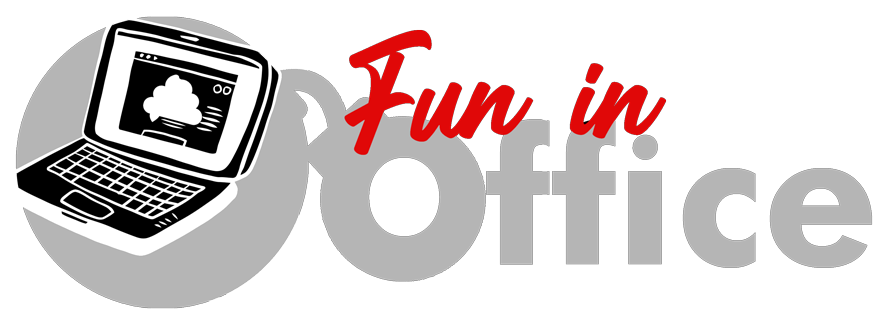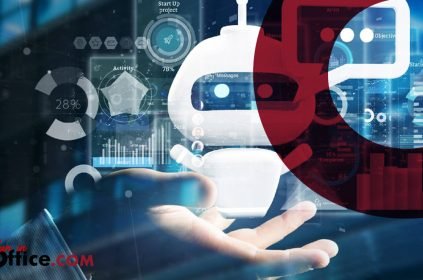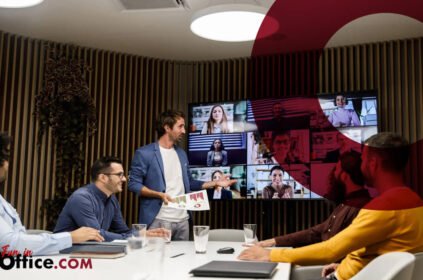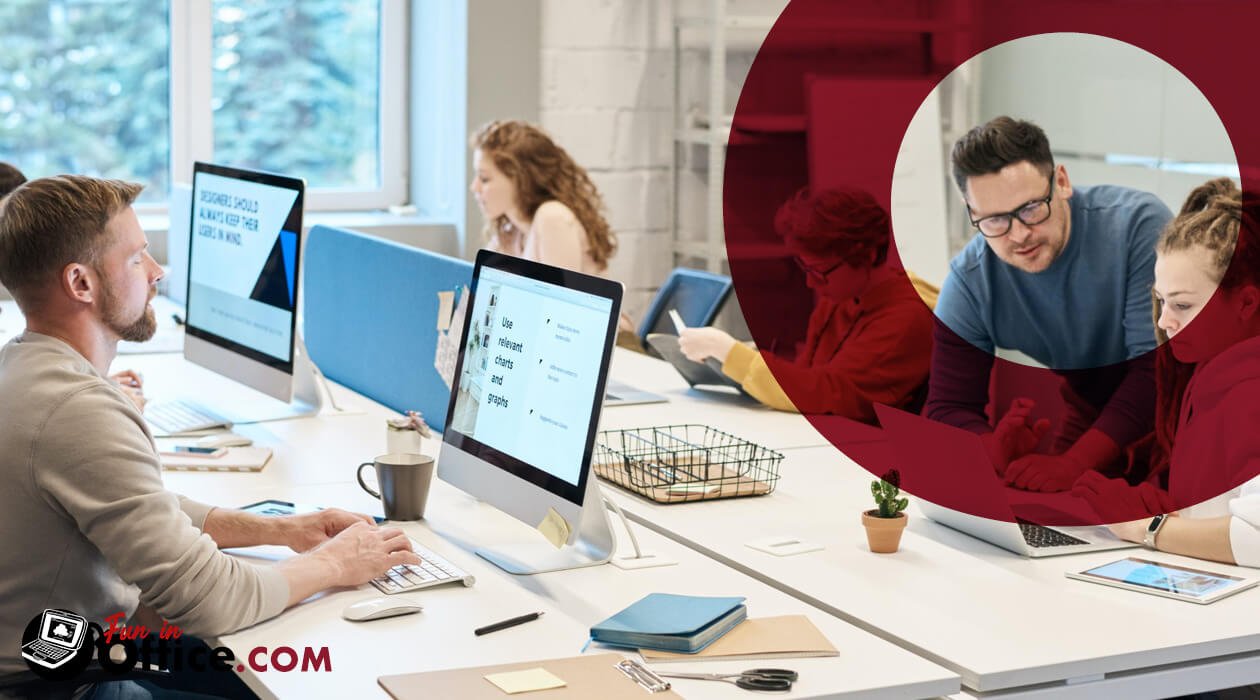The Evolution of Workspaces
Workspaces have evolved significantly over the years. From the traditional cubicle setup to the open office plan, and now to the hybrid model, the workspace has always adapted to the needs of its users. The year 2024 is no exception. With the advent of new technologies and the changing dynamics of the workforce, the future of workspaces is set to be more flexible, collaborative, and technology-driven.
The Rise of Hybrid Workspaces
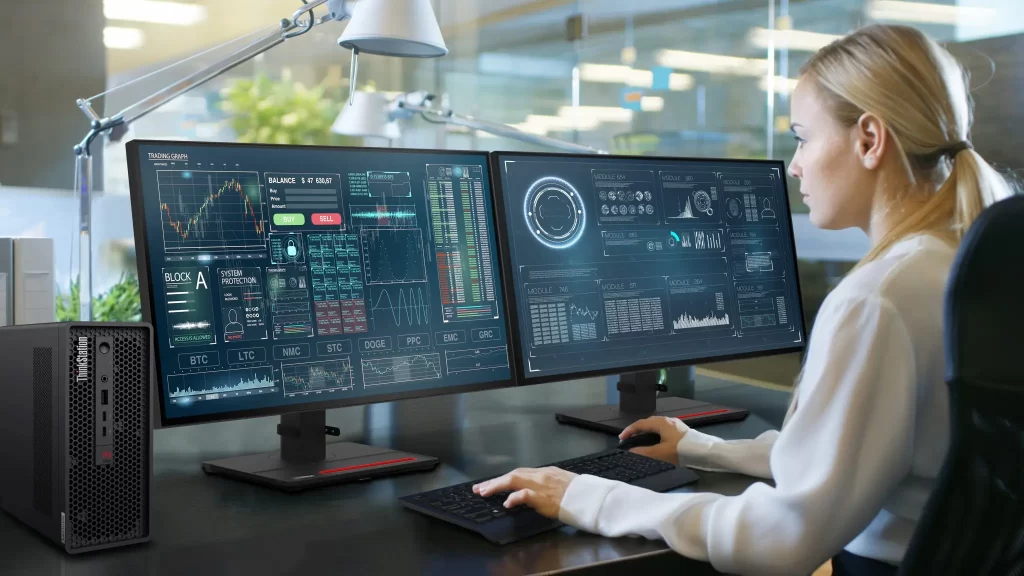
The pandemic has accelerated the shift towards remote work, leading to the rise of hybrid workspaces. These workspaces offer the best of both worlds – the flexibility of working from home and the collaboration of a physical office. Companies are redesigning their offices to accommodate this new way of working. This includes creating spaces for collaboration, private areas for focused work, and amenities that promote well-being.
The Impact of Technology
Technology is playing a crucial role in shaping the future of workspaces. From virtual reality meetings to AI-powered office management systems, technology is making workspaces more efficient and productive. For instance, smart office solutions can automate mundane tasks, freeing up employees to focus on more important work. Moreover, technology is enabling seamless collaboration between remote and in-office employees, fostering a more inclusive work environment.
The Importance of Sustainability

Sustainability is becoming a key consideration in office design. Companies are recognizing the importance of creating eco-friendly workspaces that minimize their carbon footprint. This includes using sustainable materials in office construction, implementing energy-efficient systems, and promoting green practices among employees.
The Role of Employee Well-being
Employee well-being is at the forefront of workspace design. Companies are creating spaces that promote physical and mental health. This includes incorporating natural elements into the office design, providing spaces for relaxation and meditation, and offering amenities that promote work-life balance.
Embracing Diversity and Inclusion

In 2024, diversity and inclusion have become more than just buzzwords. They are integral to the design and functionality of workspaces. Companies are making conscious efforts to create inclusive workspaces that cater to the diverse needs of their employees. This includes providing accessible facilities for people with disabilities, creating spaces that respect cultural sensitivities, and promoting gender equality in the workspace.
The Role of Office Furniture
The furniture in a workspace plays a crucial role in employee productivity and well-being. Ergonomic furniture that supports good posture and reduces the risk of work-related injuries is becoming a standard feature in offices. Additionally, companies are investing in adjustable desks and chairs that can be customized to each employee’s comfort.
The Impact of Office Layout
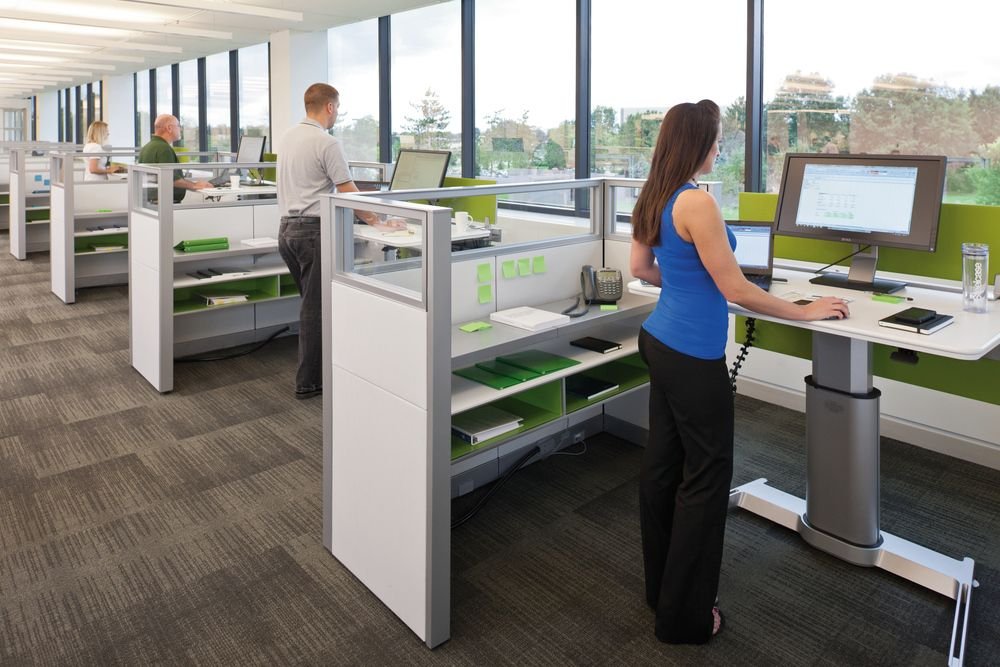
The layout of an office can significantly impact employee productivity and collaboration. An open office layout promotes transparency and teamwork, while a closed layout provides privacy for focused work. In 2024, companies are opting for a flexible layout that can be easily reconfigured to suit the changing needs of the workforce.
The Significance of Office Location
The location of an office can influence employee satisfaction and retention. Companies are choosing locations that are easily accessible, close to amenities, and offer a good work-life balance. Moreover, the rise of remote work has led to the emergence of satellite offices in various locations, allowing employees to work closer to home.
The Power of Collaboration

Collaboration is the cornerstone of a successful workspace. In 2024, workspaces are designed to foster collaboration and creativity. This includes creating collaborative spaces where employees can brainstorm ideas, share knowledge, and work together on projects. Moreover, technology is enabling seamless collaboration, regardless of where employees are located.
The Shift Towards Employee Autonomy
Employee autonomy is becoming increasingly important in the workspace. Companies are recognizing that giving employees the freedom to manage their own work can lead to increased productivity and job satisfaction. This includes flexible working hours, the ability to work from different locations, and the freedom to choose how and when to complete tasks.
The Emergence of Learning Spaces
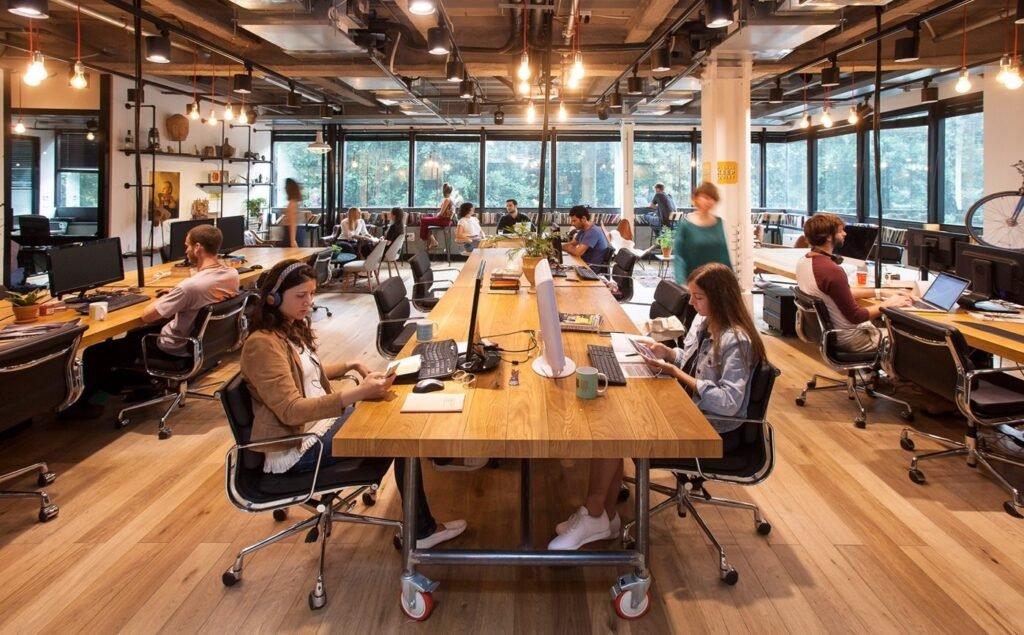
With the rapid pace of change in the business world, continuous learning has become a necessity. Workspaces are evolving to support this need for continuous learning. This includes creating learning spaces where employees can upskill and reskill, and integrating learning into the daily workflow.
The Influence of Company Culture
Company culture plays a significant role in shaping the workspace. A positive company culture can create a workspace that is engaging, inclusive, and productive. Companies are making conscious efforts to cultivate a positive culture, and this is reflected in the design and functionality of their workspaces.
FAQs
- What is employee autonomy? Employee autonomy refers to the freedom employees have to manage their own work. This includes flexible working hours and the ability to work from different locations.
- Why are learning spaces important in a workspace? Learning spaces support continuous learning, which is crucial in the rapidly changing business world. They provide a space for employees to upskill and reskill.
- How does company culture influence the workspace? A positive company culture can create a workspace that is engaging, inclusive, and productive. It influences the design and functionality of the workspace.
The Workspace Transformation
The future of workspaces is a transformation in the way we work. It’s about creating a workspace that is flexible, inclusive, and conducive to learning. It’s about empowering employees with the autonomy to manage their own work and fostering a positive company culture. Welcome to the future of workspaces, where the office is more than just a place to work – it’s a place to learn, grow, and innovate.
For more information, feel free to contact us or call the number found on our site.
Employee Well-being Future of Workspaces Hybrid Workspaces Office Trends Sustainability Technology Work
Last modified: January 10, 2024

